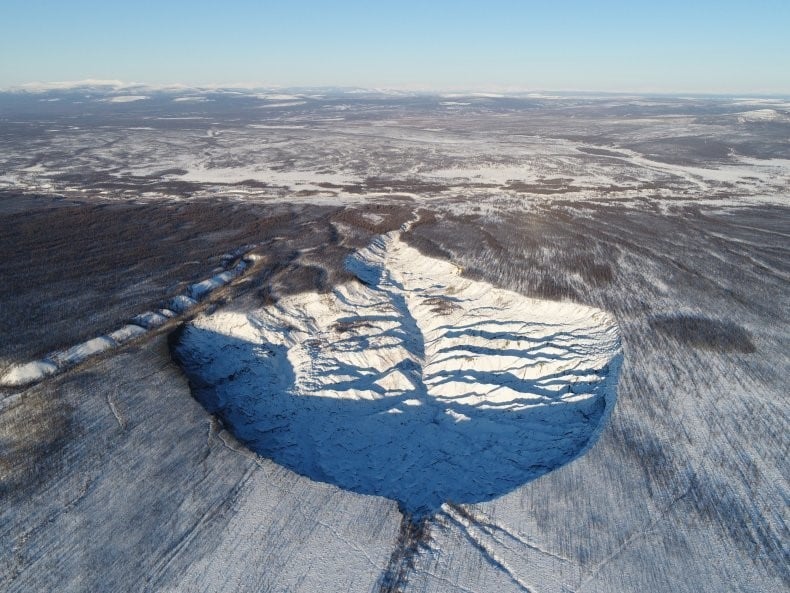 |
| The Russia-Ukraine conflict threatens the secret 'Gateway to the Underworld '. Pictured: The Batagay sinkhole in Russian Siberia. (Source: Alfred Wgener Institute, Germany) |
The Batagay sinkhole in Siberia, Russia, may hold secrets about life on Earth more than 600,000 years ago, but since the outbreak of the Russia-Ukraine conflict on February 24, 2022, the site has been largely inaccessible to Western researchers.
Paleontologist Thomas Opel of the German Alfred Wegener Institute recently revealed his concern that the military campaign is disrupting their entire research on life on Earth and their long-standing cooperation with Russian institutions and researchers.
The Batagay sinkhole, the world's largest frozen landslide, stretches over 80 hectares and is a massive collapsed hillside in the Yana Highlands of Russia's northern Yakutia region. This vast icy region of Siberia is known locally as the "gateway to the underworld".
The Batagay sinkhole is constantly changing and is a useful window for geologists. Batagay contains permafrost that is up to 650,000 years old, the oldest in Siberia and the second oldest in the world, after an area in Canada’s Yukon.
Serving as a safe "vault" for 650,000 years of glacial ice, Batagay is a giant sedimentary basin that can reveal what happened to the environment and climate in the region, thanks to the analysis of the chemical composition of the sediment layers.
According to Live Science , new research by paleontologist Thomas Opel's team shows that the giant Batagay sinkhole can be used to recreate Earth's ancient climate and environment. Studying those changes in detail could help people understand more about modern climate change. Permafrost can be used to learn about past temperatures and ecosystems, which can help predict how the modern world will respond to future climate changes.
Since the Russia-Ukraine conflict broke out in February 2022, the site has been largely inaccessible to Western researchers. If the subsidence reaches the bedrock, there will be “no more ice-rich material” to sample, says Thomas Opel, a scientist at the site.
"Nobody knows when that will happen, it could be in 10 years, 50 years or 100 years," the Opel expert expressed concern.
He revealed that the changes here are clearly visible. “The water melts down continuously and huge blocks of frozen soil will slide off the mountain and fall down,” the expert warned.
The cause of the decline is still unclear, but researchers believe it is likely linked to deforestation and vibrations caused by heavy machinery.
By disturbing the insulating vegetation on the surface of the subsidence, heat can penetrate deep into the soil, causing the deeply buried permafrost to melt. And with climate change progressing so rapidly, it is likely that this phenomenon will continue unabated.
Experts believe that in the coming decades, more giant sinkholes like Batagay will appear, especially as studies show that the Arctic has been warming at twice the rate of the rest of the world over the past 30 years. Thawing permafrost could have a significant impact on the stability of the planet.
First, some 1,700 billion tons of carbon—thought to be sequestered in this frozen land—will be released into the atmosphere as the ice melts.
Second, disease-causing bacteria trapped in the soil for millennia may begin to emerge.
As for the impact of the Batagay event on Earth's climate system, which remains unclear, paleontologist Thomas Opel said he and his team are still working to figure out what those impacts were.
Source


![[Photo] General Secretary To Lam attends the 8th Congress of the Central Public Security Party Committee](https://vphoto.vietnam.vn/thumb/1200x675/vietnam/resource/IMAGE/2025/10/4/79fadf490f674dc483794f2d955f6045)
![[Photo] Bustling Mid-Autumn Festival at the Museum of Ethnology](https://vphoto.vietnam.vn/thumb/1200x675/vietnam/resource/IMAGE/2025/10/4/da8d5927734d4ca58e3eced14bc435a3)
![[Photo] Solemn opening of the 8th Congress of the Central Public Security Party Committee, term 2025-2030](https://vphoto.vietnam.vn/thumb/1200x675/vietnam/resource/IMAGE/2025/10/4/f3b00fb779f44979809441a4dac5c7df)



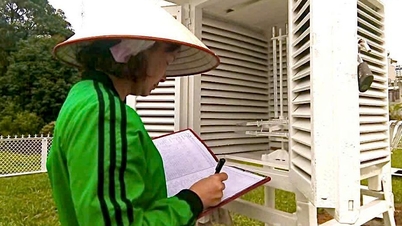

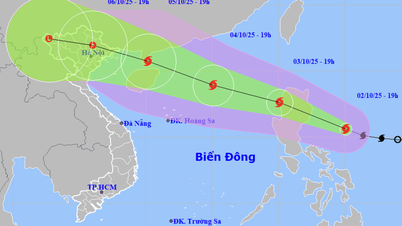

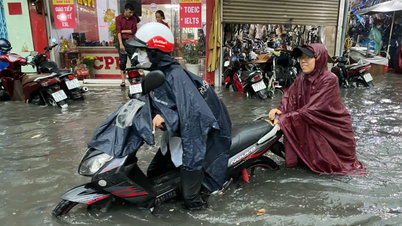

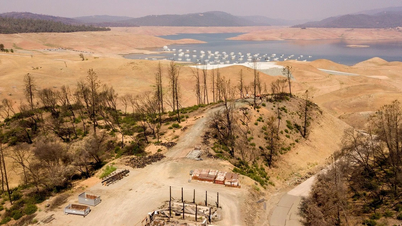

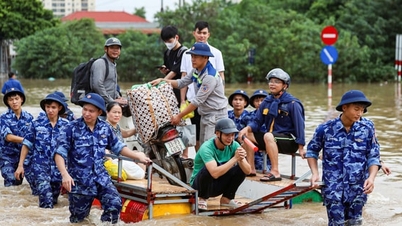







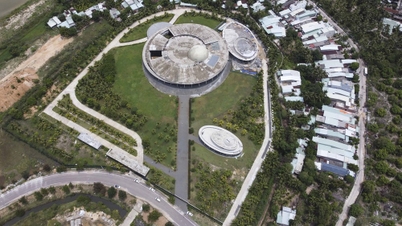










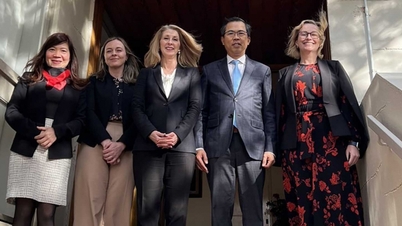





























![[VIDEO] Summary of Petrovietnam's 50th Anniversary Ceremony](https://vphoto.vietnam.vn/thumb/402x226/vietnam/resource/IMAGE/2025/10/4/abe133bdb8114793a16d4fe3e5bd0f12)
![[VIDEO] GENERAL SECRETARY TO LAM AWARDS PETROVIETNAM 8 GOLDEN WORDS: "PIONEER - EXCELLENT - SUSTAINABLE - GLOBAL"](https://vphoto.vietnam.vn/thumb/402x226/vietnam/resource/IMAGE/2025/7/23/c2fdb48863e846cfa9fb8e6ea9cf44e7)
















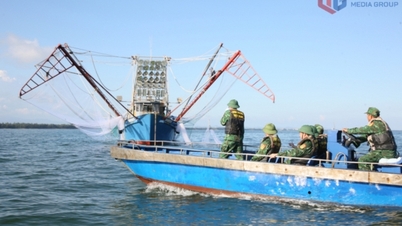







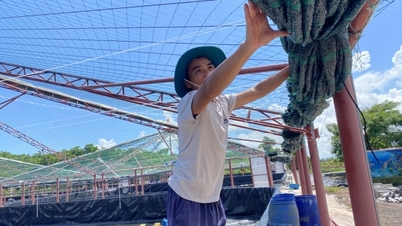





Comment (0)